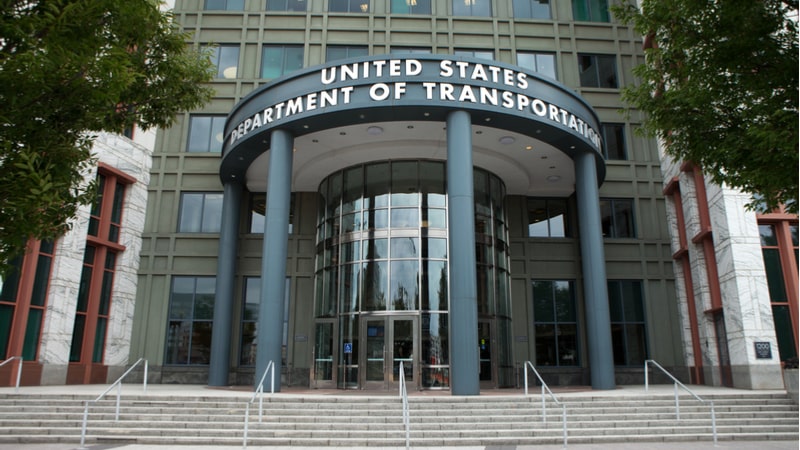
While one of the most-used buzzwords in Federal IT is modernization, information governance ought to be a close second for tackling the challenge of effectively managing the exponential increases in information while at the same time protecting citizens’ data and privacy.
Walter Bohorfoush, director of the Records Management Office and Acting Information Governance Lead at the U.S. Department of Transportation (DoT), explained during a DGI virtual event on Feb. 24 that the agency’s information governance (IG) program encompasses two major components: privacy and records management, and the Paperwork Reduction Act (PRA).
“Records management touches on all sorts of data when it gets collected, but even if it’s not personally identifiable information from a privacy standpoint, you still have to manage it properly,” Bohorfoush said.
Therefore, the agency has a simple motto, he said – collect it, protect it, and when it’s time, get rid of it.
The DoT’s information governance program also includes meeting PRA requirements, which aim to minimize the paperwork burden from the information collection processes by or for the Federal government. For the agency to meet the law’s requirements, Bohorfoush said partnerships with industry are crucial.
“We’re technology-agnostic as far as the policy goes. What we try and do is work with vendors who can supply necessary technology to ensure that we’re able to meet our Federal records requirements,” he said.
Bohorfoush said DoT’s Enterprise Records Management Program mission also includes a commitment to ensure that records – regardless of media type – are created, maintained, used, disseminated, and archived throughout their lifecycle, while efficient and cost-effective technology solutions are applied in support of information management throughout the agency.
“Essentially, we wanted to provide a ‘one-stop-shop’ for stakeholders in governing the legal and administrative services associated with agency records, while adhering to all Federal requirements for records management to eliminate existing litigation vulnerabilities,” Bohorfoush said.
